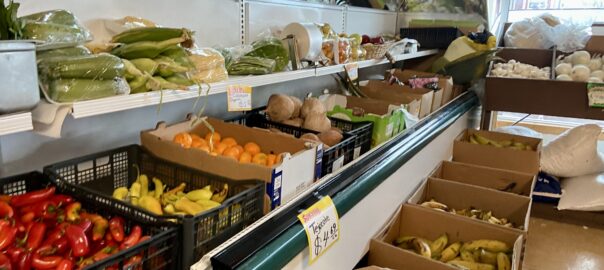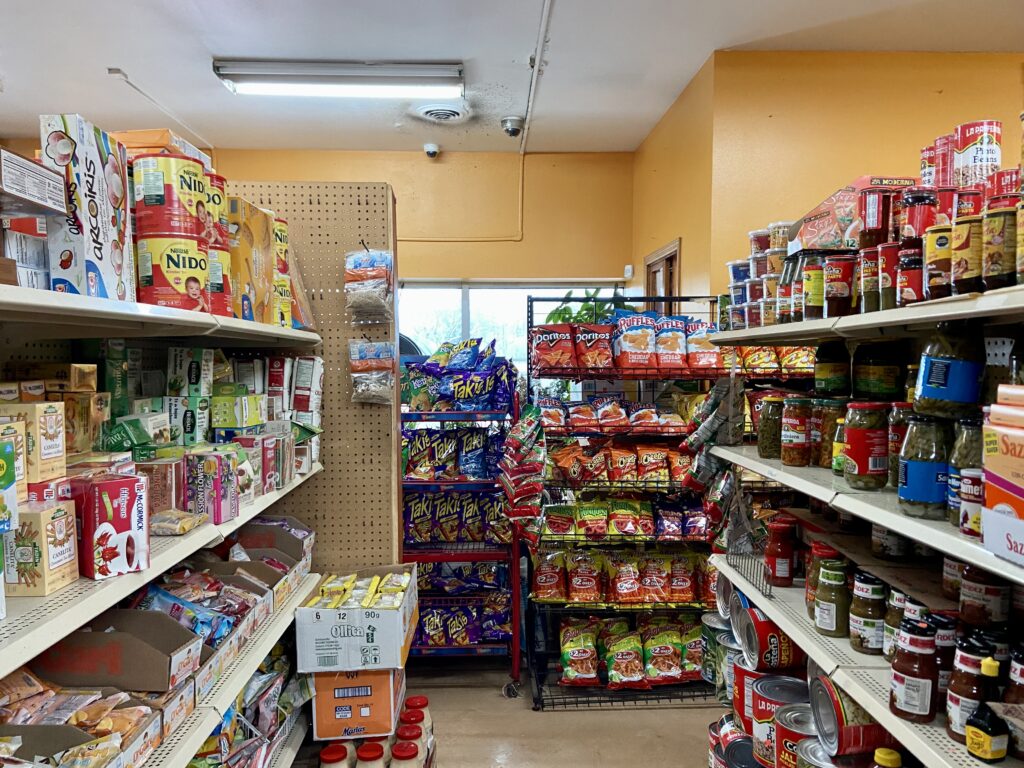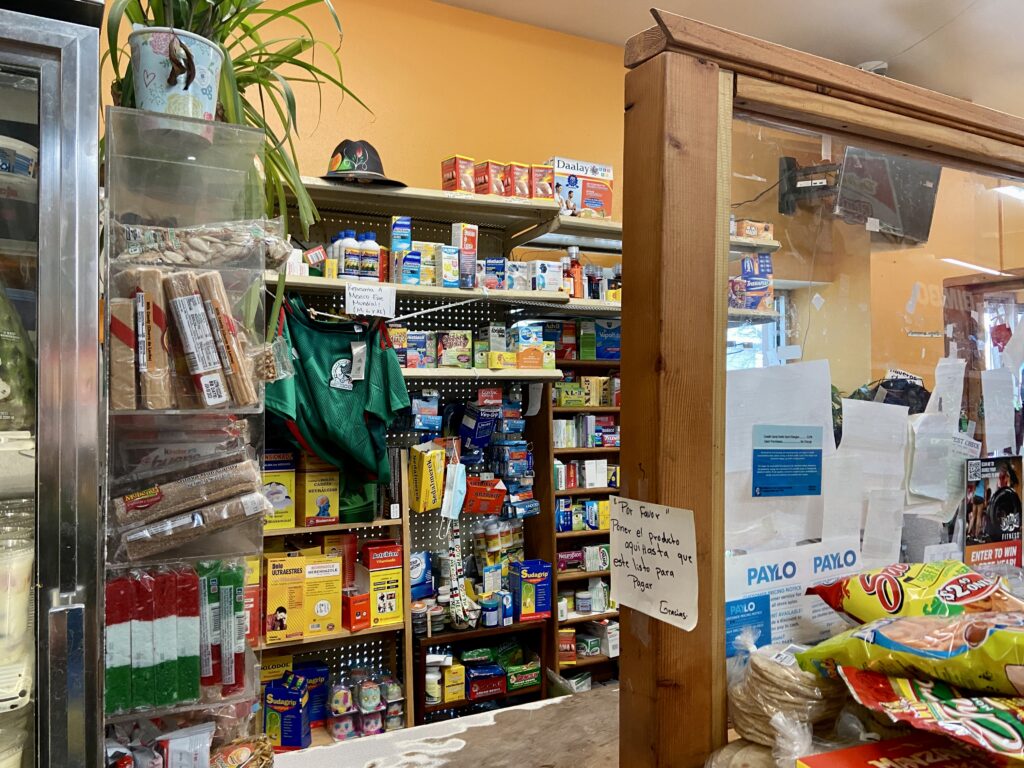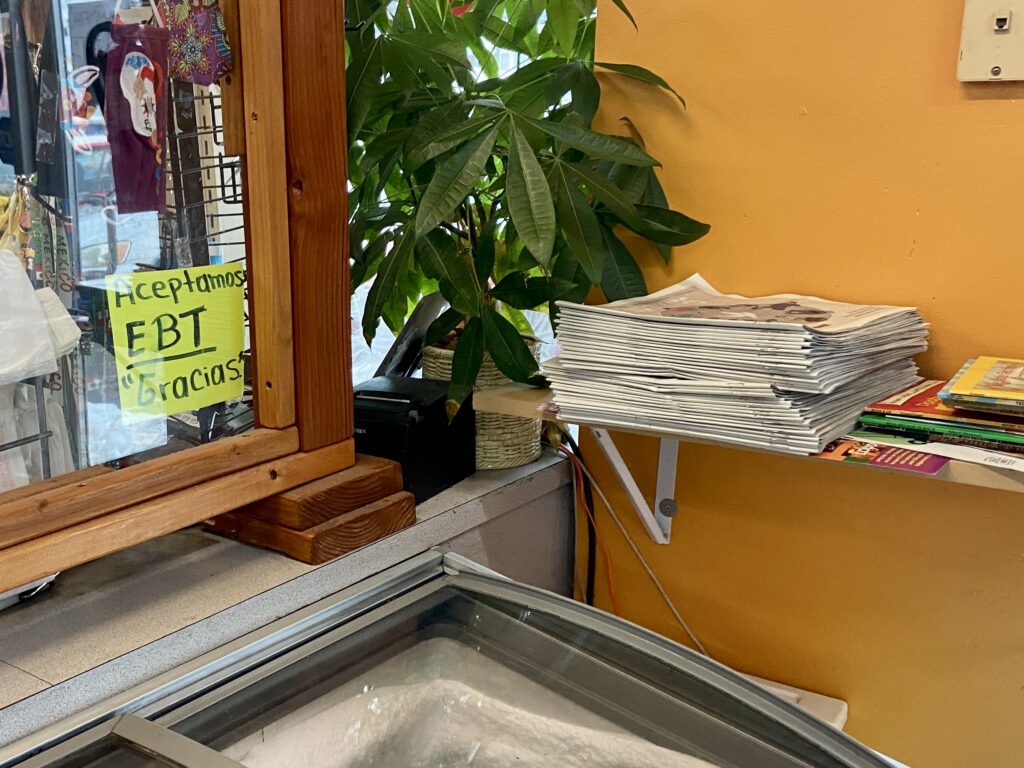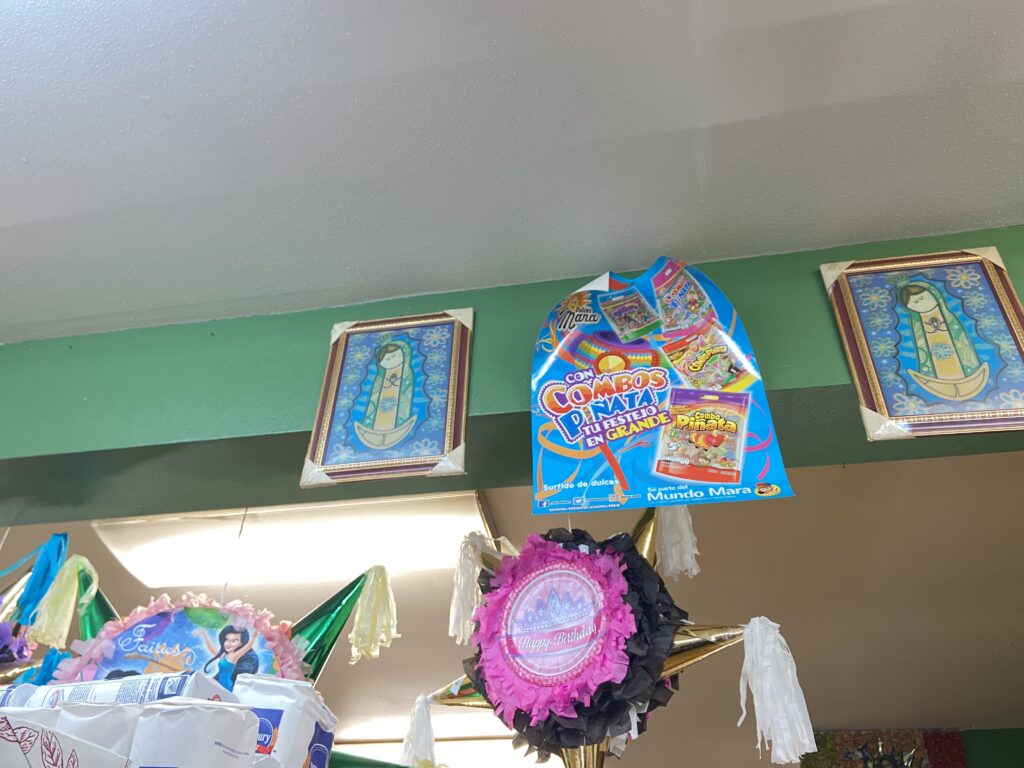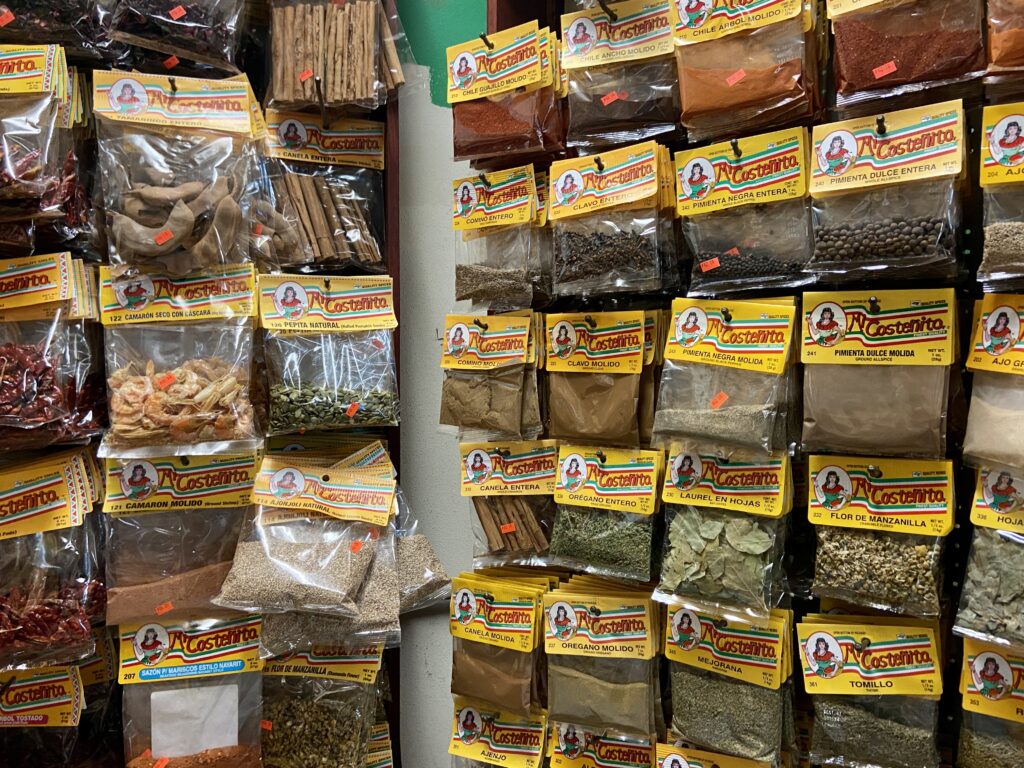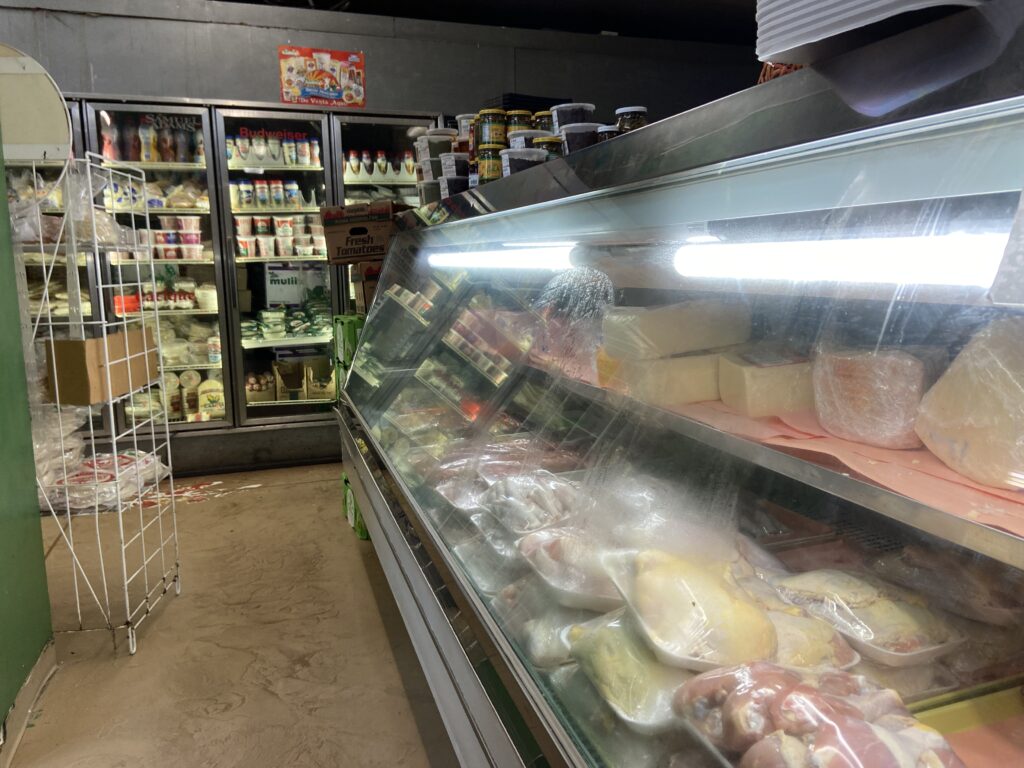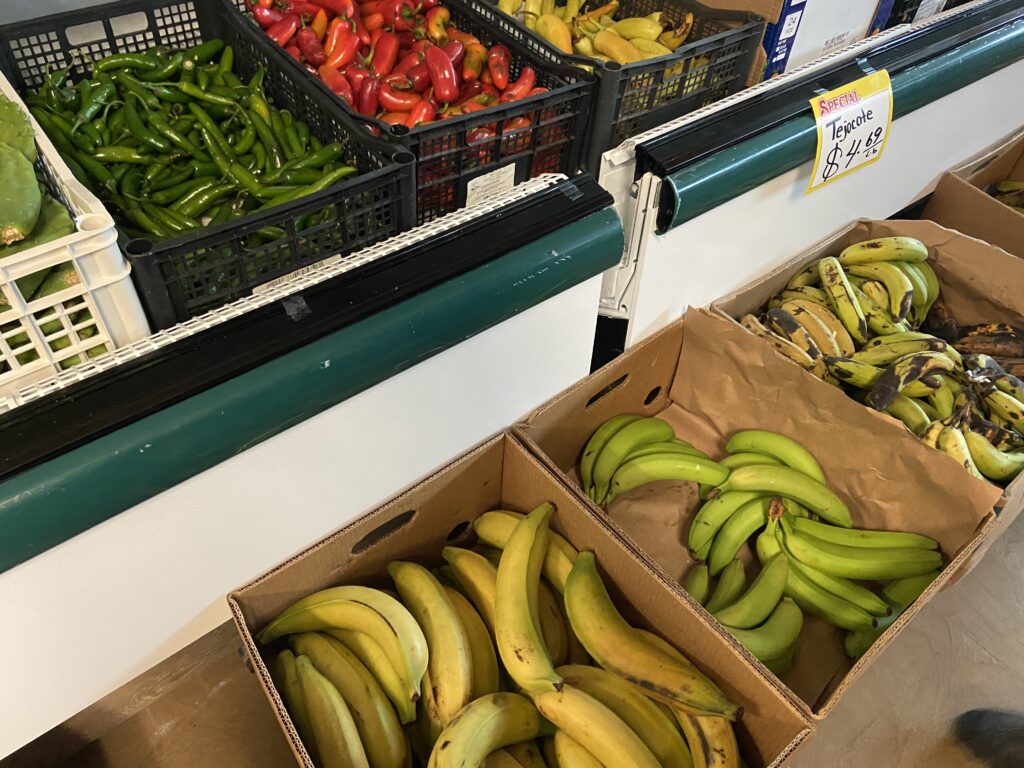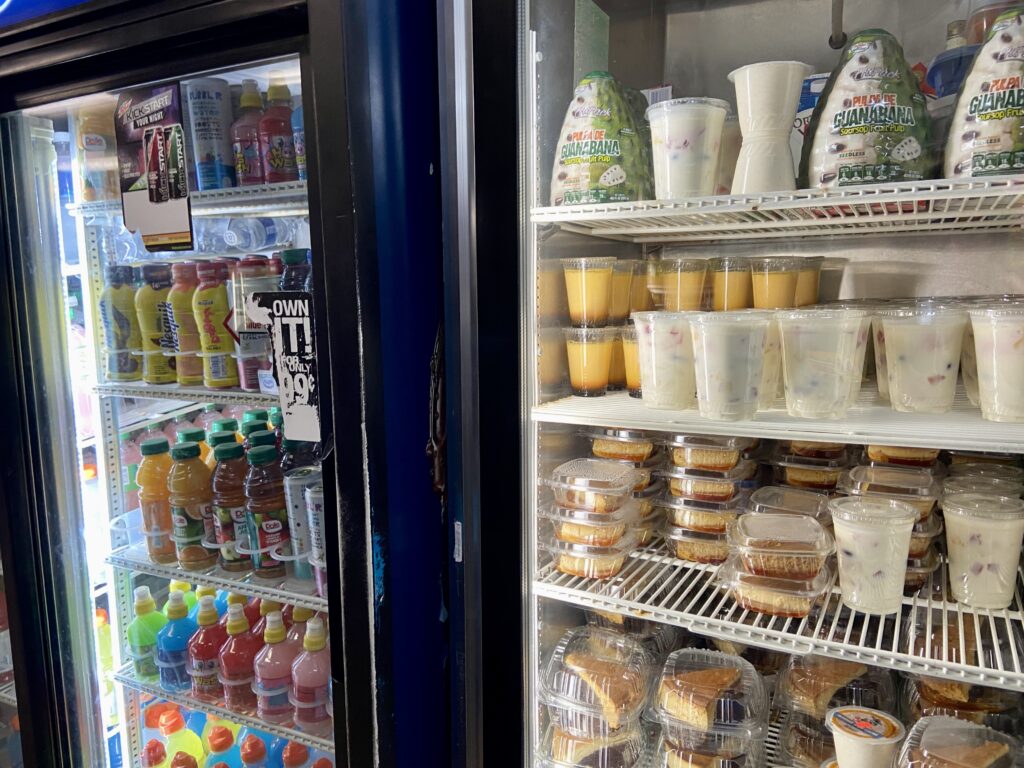Why is… Sheboygan the surf capital of the Midwest?
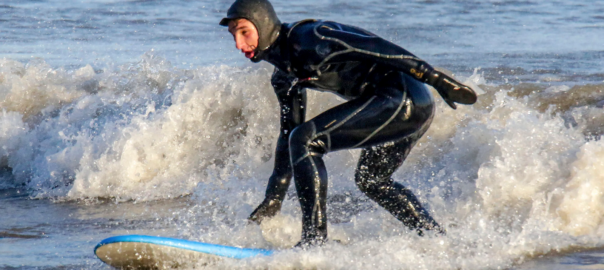
Photo from Sheboygan Press.
By Camila Trimberger
Trimberger: When most people think of places to surf they imagine the coasts of California, Hawai’i or Mexico — definitely not Sheboygan, Wisconsin.
Colloquially known as the “Malibu of the Midwest,” Sheboygan is the freshwater surf capital of the world.
The Sheboygan surf scene has made a name for itself, whether it’s through attracting out-of-towners to ride the waves of Wisconsin beaches or pop culture references like the 2007 children’s animated movie “Surf’s Up.”
But in terms of real surfers, Mike Miller is head board waxer at EOS, the only surf shop in the city. He’s been surfing since 2004 and sat to speak with me about what makes Sheboygan’s waves so good.
Miller: We have a pretty good wave here. Like it, it’s a cleaner wave. We get some better days just cuz our geography of the lake. Um, we just have cleaner, we’re known for cleaner waves, so, you know, there’s waves on all the Great Lakes and many different areas, but, um, Sheboygan is right in the middle of the lake, so off north or or south wind…it is different, but we get pretty clean waves and we remind ourselves just the lake.
Trimberger: For the past 50 years, folks have been surfing off the coast of Sheboygan’s beaches. While the surfing community is always changing, Mike says a new crowd is getting involved.
Miller: We’re starting to see younger local kids get into it more, which in the past that was like they said, a lot of, lot of out, out of towners and like, I just didn’t know if the local scene was like the local community. Was that just up to speed on it? You know, they know that we do it and just some people just think it’s. Their thing, and like anybody that tries surfing, they get into it. They love it.
Trimberger: Tyler Stewart, a current senior at Sheboygan South High School is one of those kids. He’s been surfing on Lake Michigan for the past four years.
Stewart: I got into surfing when I first started working at EOS Surf the local board shop here in Sheboygan. And um, I’d say probably like six weeks after I learned how to surf for the first time, they had me start doing lessons. I was out there every day that I could.
Trimberger: And while Tyler isn’t on the waves as much as he used to, he’s incredibly fond of the community.
Stewart: The people here just, they don’t get mean at all like it. You can’t get in an argument because we’re all out there for the same reason. We’re just out there to have fun and relax and hear the waves crash behind us.

